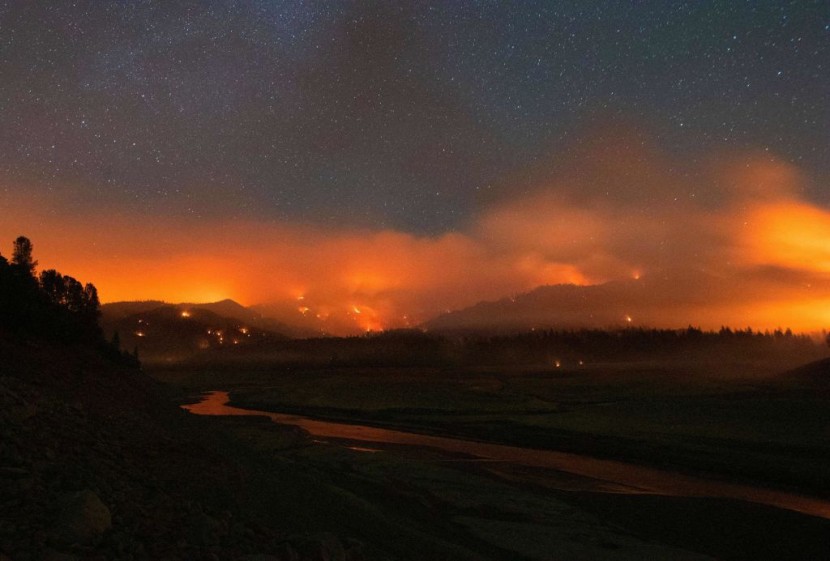
Another heat dome has engulfed the United States, causing oppressive heat in the West and most of the country's eastern half. Although not as severe as the late-June heatwave in the Pacific Northwest, the magnitude and timing of this heat are alarming and dangerous.
The National Weather Service has issued a heat watch or warning for 17 states. Smoke from wildfires raging throughout North America will exacerbate the heat; and, in an unsettlingly familiar pattern, the heat might lead to more fires and even worse drought.
The US experiences an extreme heatwave
This week, extreme heat warnings and advisories have been issued across the country, from the Northern Rockies to the Plains and the lower Mississippi River Valley. Hot and humid conditions worsen, with high temperatures reaching the 90s and 100s. Flash floods will continue to concern Southwest and Southern California until at least tomorrow due to leftover monsoon moisture and storms.
Upper-level winds will continue to carry smoke from the Northwest to the Northeast, creating poor surface air quality, with more than 80 major wildfires burning in the West and western Canada. Storms that wreaked havoc on the upper Midwest and Great Lakes yesterday are expected to move into the Northeast today, as per Fox News.
Summer temperatures in Montana and Wyoming are unlikely to match those in Texas regularly. According to Axios, specific communities in those two states have experienced more triple-digit temperature readings this year than Dallas.
The trend was expected to continue on Tuesday, with temperatures in Montana and the Dakotas expected to exceed 110 degrees. This week, the scorching temperatures will spread across much of the contiguous United States.
Read Also: Nigeria Kidnapping Crisis: Nearly 100 Women, Children Freed After 42 Days of Captivity
US heatwave to cause a devastating drought
The National Weather Service says an engulfing heatwave will bring highs of roughly 10 degrees above usual to the Great Plains, Midwest, and sections of the East. Those temperatures might seem like they've hit triple digits in locations where people must also deal with excessive humidity. The water level in Lake Powell has plummeted to its lowest level since the United States began filling the massive reservoir on the Colorado River in the 1960s, another evidence of the Western drought's devastation.
The pool elevation in Lake Powell, which spans from Utah to Arizona, was 3,554 feet on Monday. The water level has dropped due to what scientists call a "megadrought" in the American West. Too little water is pouring into the lake, and too much is being diverted downriver to sustain levels in Lake Mead, which is also at historically low levels.
Per NY Times, the two reservoirs, which are among the largest in the country, are part of a river system that serves over 40 million people. Many Western states rely on hydropower generated by the dams that hold back the water on the lakes, and electric production from the Hoover Dam at Lake Mead has fallen by roughly 25% during the drought.
According to the US Geological Survey, rising temperatures and a lack of rainfall connected to climate change in the West have also led to the southern section of Utah's Great Salt Lake hitting a new low, with an additional decrease predicted in the following months.
Related Article: Watch: Deadly Floods in China, Germany Upended Lives; Stark Reminders of Climate Vulnerability
© 2026 HNGN, All rights reserved. Do not reproduce without permission.







